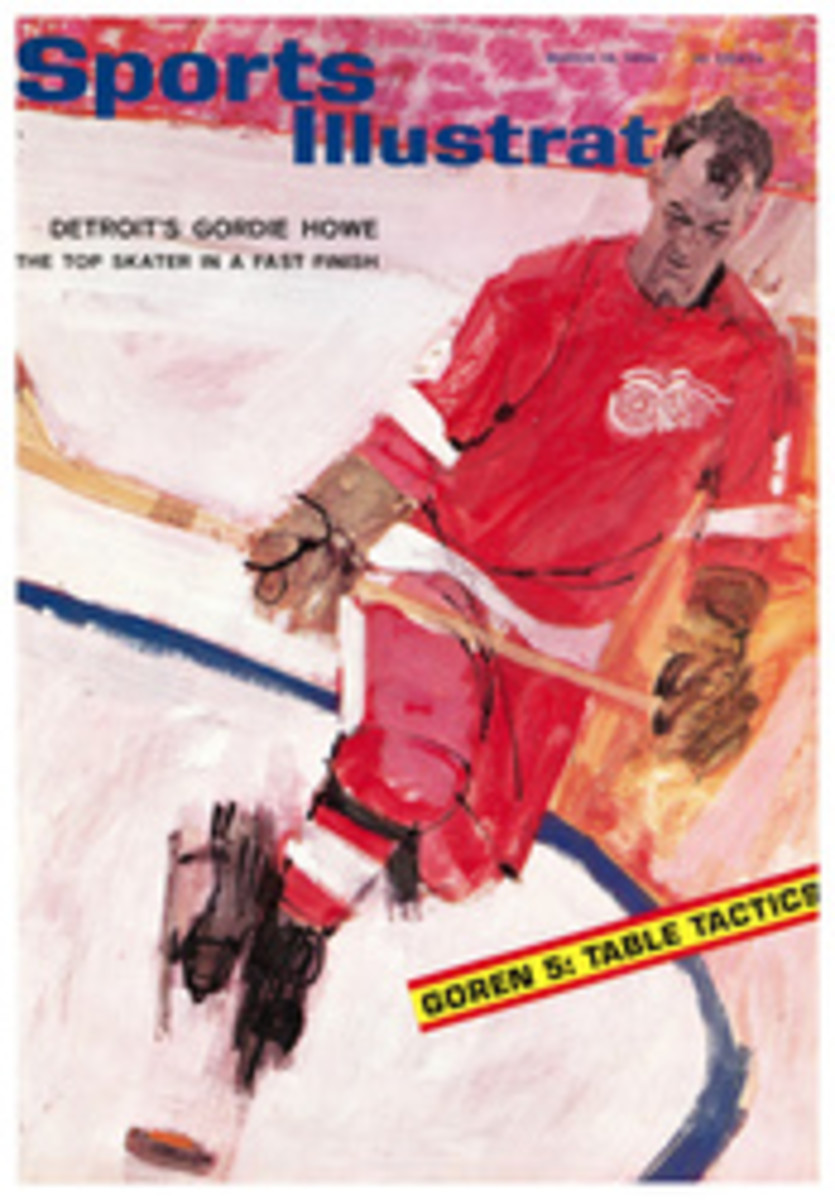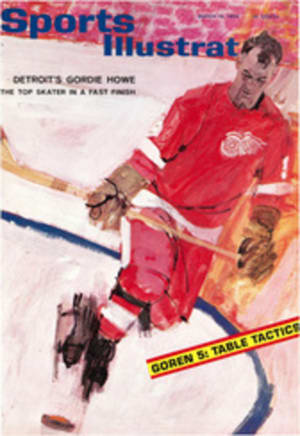
Remington's new bolt-action carbine can be used on both big game and varmints
The short, lightweight, lever-action carbine (and in the past several years the semiautomatic carbine) has long been the favorite gun for hunting whitetail deer and other big game in the thick brush and timbered areas of the U.S., Canada and Latin America. Now, Remington has added a brand-new carbine—one with a bolt action—called the Model 600 (below).
This rugged little rifle weighs only 5½ pounds and is the lightest American-made carbine currently on the market. It has an 18½-inch barrel, a Monte Carlo stock (without a cheekpiece) and pistol grip, and an exaggerated comma-shaped bolt handle that hugs the stock nicely. The bolt face is recessed to completely enclose the cartridge head, a safety feature on all Remington bolt-action guns since 1948. The Model 600 is chambered for two big-game cartridges, the .35 Remington and the more versatile .308, a faster cartridge which comes in a variety of bullet weights. For coyote, fox and wood-chuck hunters, the new carbine comes in .222 caliber. The gun holds five cartridges (four in the magazine) in .35 and .308 calibers, and six cartridges in .222 caliber. It sells for $99.95, complete with a ventilated rib, which Remington has apparently added for appearance only. The rib does give the Model 600 a sleek look, but it also makes it harder to keep the gun rust-free after hunting in wet weather.
Bolt actions are thought by many shooters to be the simplest and most reliable of all gun actions, and they generally are more accurate than other types. The Model 600 is no exception. Its accuracy is helped by a free-floating barrel, which is virtually unaffected by swelling or shrinking of the wood around it. (A free-floating barrel is also less affected by the repeated vibrations of target shooting, but few serious target shooters will be interested in such a lightweight, short-barreled gun.) Although the recoil punch to the shooter's shoulder and cheek is not much more noticeable than in heavier guns, the Model 600 because of its lightness and the powerful cartridges it uses requires more control by the shooter. He must get used to the fact that the gun tends to "flip," or bounce off target when fired. The short barrel also makes muzzle blast more severe. These problems can be easily solved with practice, however.
The Model 600's open sights could be improved. More precise sights—a finer bead on the front ramp sight and more positive adjustments on the rear sight for windage and elevation—are inexpensive and can be installed quite reasonably by any competent gunsmith. Telescopic sights can also be installed on the gun. The Model 600's fixed-box magazine requires the shooter to work unfired cartridges through the action to unload the gun. A hinged floor plate or a detachable box magazine would be better. So would a three-position safety that could be set to lock the trigger and still permit opening of the bolt.
Despite these few inconveniences, the Model 600 is a handsome, well-designed gun. It carries easily, comes up to the shoulder smoothly and effortlessly, points quickly and has all the power and accuracy that a hunter could ask for in a carbine.
Two popular Winchester guns, the Model 70 bolt-action rifle and the Model 12 pump-action shotgun (now called the Model 1200) have been greatly improved this year. Following the pattern of most American gun manufacturers, Winchester has switched to a tough high-gloss finish on the wood of these two guns. The Model 70 has a stronger engine-turned bolt with a recessed face, a free-floating barrel and a better stock design—the comb and the cheekpiece have been raised. Two additional features will be appreciated by shooters: an easily visible red cocking indicator on the top of the receiver and a wider, serrated trigger for more positive finger control. The Model 70 comes in four standard and five magnum big-game calibers, and prices start at $139.95.
The five-shot Winchester Model 1200 has an aluminum-alloy receiver that makes the gun lighter (about 6½ pounds in 12 gauge) and a rotating bolt head that locks into the barrel. The magazine can be unloaded by simply depressing a cut-off spring conveniently located just inside the floor plate. The Model 1200 is available in field grade 12-and 16-gauge (20-gauge field guns and trap and skeet guns will be available later), has interchangeable barrels and sells for $96. A rubber recoil pad is standard on the Model 1200. The upland shooter who finds the pad annoying (the rubber pad is too easily caught up in the upland shooter's coat especially if he is trying to get off a snap shot at a fast-rising cock pheasant or a grouse) can glue a piece of slick leather over it.
Remington's light recoil Model 1100 semiautomatic shotgun, introduced last year in 12 gauge, is now available in a variety of 16-and 20-gauge models. Particularly versatile is the 20-gauge magnum model, which handles standard 2¾-inch shotshells as well as the heftier 3-inch magnum shell, and is ideal for upland game and for waterfowl. It weighs 7½ pounds with a 28-inch barrel and costs $149.95. A ventilated rib is $25 extra.
The revolutionary plastic shotshell, introduced in 12 gauge by Remington almost four years ago, has become a favorite with duck and goose hunters. Now these virtually indestructible, slick-feeding shells are available in a variety of field and target loads in 12, 16 and 20 gauges from Remington and, for the first time this year, from Winchester. The highest-grade plastic shells—Remington's Power-Piston (currently in 12 gauge only) and Winchester's Mark 5 (in 12, 16 and 20 gauges) give denser patterns and longer ranges than any other shotshells made. It should not be too long before both companies offer plastic shotshells in 28 and 410 gauges and drop their paper lines entirely.
ILLUSTRATION

